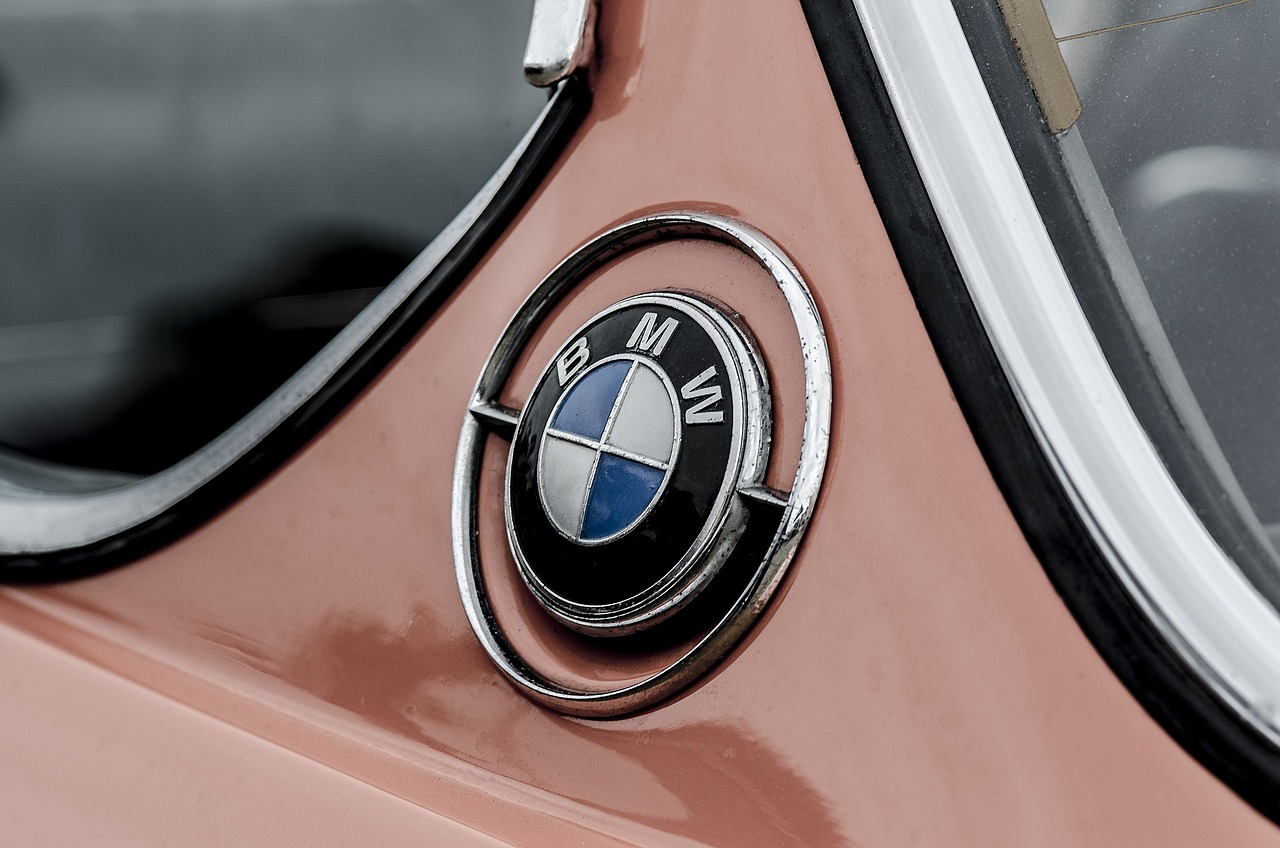Understanding the Mechanics of Regenerative Braking
Braking systems are crucial components in vehicles, responsible for slowing down or coming to a complete stop when needed. These systems work by converting kinetic energy into heat through friction when the brake pads press against the rotors or drums. The friction generated helps the vehicle decelerate, ensuring safety and control while driving. Different types of braking systems exist, including disc brakes and drum brakes, each with its own unique way of slowing down the vehicle.
How Regenerative Braking Works
Regenerative braking is a technology that allows for the conversion of kinetic energy into electricity during the deceleration or braking of a vehicle. This is made possible through the use of electric motors in the braking system, which act as generators when the vehicle slows down. As the kinetic energy of the vehicle is captured and converted into electrical energy, it is stored in a battery or used to power other electrical components of the vehicle.
The process of regenerative braking helps improve the overall efficiency and performance of electric vehicles. By harnessing the energy that would otherwise be wasted during braking, regenerative braking not only helps reduce energy consumption but also extends the driving range of electric vehicles. This innovative technology is a key feature in making electric vehicles more sustainable and environmentally friendly compared to traditional combustion engine vehicles.
Regenerative braking technology converts kinetic energy into electricity during deceleration
Electric motors in the braking system act as generators when the vehicle slows down
Captured kinetic energy is converted into electrical energy and stored in a battery or used to power other components of the vehicle
Regenerative braking enhances the efficiency and performance of electric vehicles by harnessing energy that would otherwise be wasted. This not only reduces energy consumption but also extends the driving range of electric vehicles. The innovative technology plays a crucial role in making electric vehicles more sustainable and environmentally friendly compared to traditional combustion engine vehicles.
The Role of Electric Motors in Regenerative Braking
One crucial component in the innovative regenerative braking system is the electric motor. These motors are responsible for converting the vehicle’s kinetic energy into electrical energy during deceleration. As the electric motor applies resistance to the wheels, it generates electricity that can be stored in the vehicle’s battery for later use. This process not only helps to slow down the vehicle but also contributes to energy efficiency by harnessing and reusing power that would otherwise be wasted as heat.
Electric motors play a key role in making regenerative braking systems more sustainable and environmentally friendly. By capturing and storing energy that would typically be lost during braking, electric motors help to reduce fuel consumption and decrease harmful emissions. Additionally, the use of electric motors in regenerative braking systems is a step towards the integration of renewable energy sources in transportation, paving the way for a cleaner and more efficient future in the automotive industry.
What is regenerative braking?
Regenerative braking is a system that recovers and stores energy normally lost during braking, using it to power the vehicle.
How does regenerative braking work?
Regenerative braking works by converting the kinetic energy of the vehicle into electrical energy through the use of electric motors, which acts as generators during braking.
What is the role of electric motors in regenerative braking?
Electric motors play a crucial role in regenerative braking by converting the vehicle’s kinetic energy into electrical energy, which can then be stored in a battery or used to power the vehicle.
Are there any benefits to using regenerative braking?
Yes, regenerative braking can help improve fuel efficiency, reduce wear on brake components, and extend the range of electric vehicles.
Can regenerative braking be used in all types of vehicles?
Regenerative braking is most commonly found in electric and hybrid vehicles, but it can also be implemented in certain types of traditional gasoline-powered vehicles.







